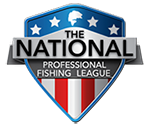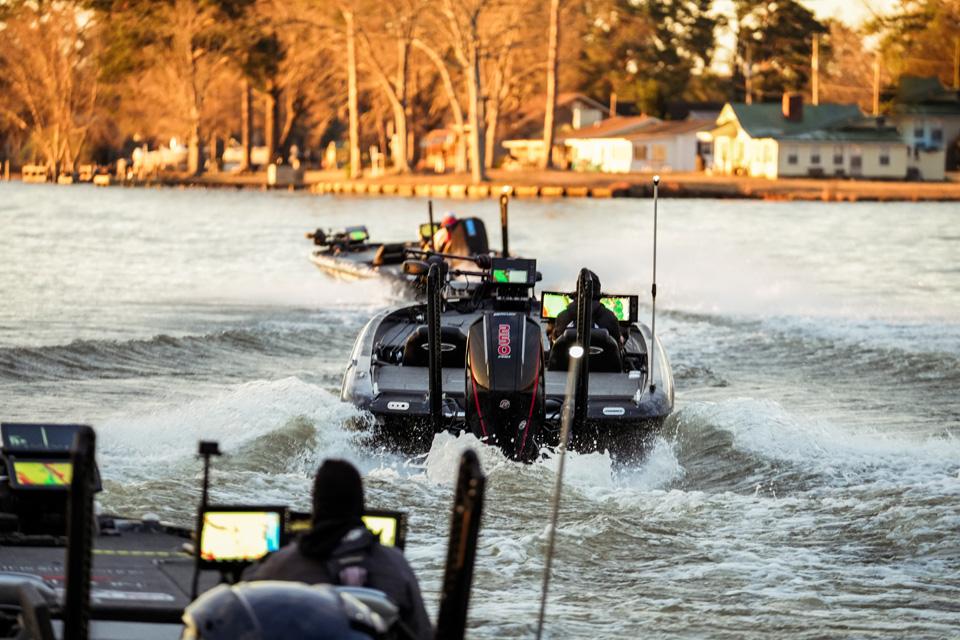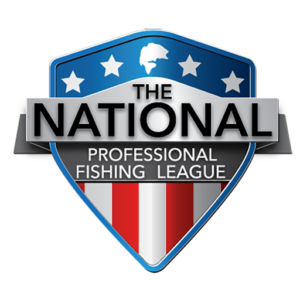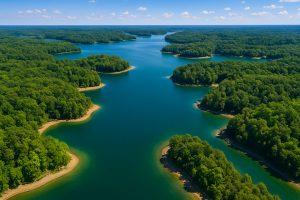Story by Ken Duke | Photos by Tanner & Travis Lyons
I am fascinated by the history of our sport. It drives me as much as competitive bass fishing and as much as record bass. In fact, I see every aspect of bass fishing as one or more threads weaving through the greater fabric of its history.
And I spend a lot of time trying to make sense of what I have learned about bass fishing. I want it to make it orderly and I want to see the evolution and development of the sport in a way that connects the dots, that reasons out what has gone before and that helps to anticipate the future.
To that end, I’ve divided the history of our sport into seven distinct eras. I share it here in hopes that you can get something from it, too.
I. In the Beginning (?-1870)
The bass was alive and well, though found almost exclusively east of the Mississippi River, north into Canada and south into Mexico. It existed in streams and natural lakes. There were few reservoirs. The amount of “bass water” was trifling compared to what we enjoy today.
Like almost every sport fish, the bass gained popularity because it can be readily caught, and because it is delicious. Native Americans “jiggerpoled” for their bass before European settlers reached North America. They dangled a jig or fly from a long pole with primitive hook and line.
The first printed words on bass and bass fishing came from naturalist William Bartram in 1791. For sporting anglers at the time, fishing for bass meant fly fishing or using live bait, and although bass fishing had a few advocates, in the popular press the black bass was considered a brute and second-class fish, totally inferior to the trout.
II. Baird (1871-1880)
In 1871 President Ulysses S. Grant appointed Spencer Fullerton Baird as the first Commissioner of Fish and Fisheries for the United States Fish Commission. Baird was charged with spreading food to the West. To do it, his staff loaded fish of all kinds into barrels and onto trains with instructions to dump them into the rivers and streams they crossed.
Most of these fish died, but some—including plenty of black bass—survived. They were and are an invasive species in these waters, and they thrived. Baird also introduced European carp into almost every state and territory.
III. Henshall (1881-1897)
In 1881, Dr. James Alexander Henshall published the first book on bass fishing. Eight years later, he published the second. They remain the most important books on the sport, not only for their thoroughness in tracing the fish’s scientific history and their coverage of the angling methods of the era, but for their prescience of what was to come—the damming and pollution of rivers that would lead to the devastation of trout and the rise of bass.
The black bass began to be transplanted internationally, eventually establishing it as world’s most widespread and popular gamefish.
IV. Heddon (1898-1945)
In 1898, James Heddon apocryphally dropped a stick in the water and watched a bass attack it, causing him to go into the lure making business and igniting the American fishing tackle industry. The incident almost certainly did not happen, but it survives as lore and as an origin story.
The Great Depression and rural electrification led to the building of giant reservoirs that generate hydroelectric power and provided recreational fishing opportunities. Spinning reels, monofilament line and other developments made fishing easier and more accessible.
V. Lucas (1946-1966)
In 1946, Sports Afield hired Jason Lucas as its fishing editor. He was the first fishing editor of a major outdoor publication to be a devoted bass angler—not primarily a trout angler. Largely because of all the reservoir building and the no-nonsense how-to writing of Lucas and others, the bass took its place as America’s number one sportfish.
Skeeter built the first “bass boat” in 1948. Fiberglass fishing rods, push-button spincasting reels and the plastic worm were introduced in 1949. The first modern bass tournament was held in Texas in 1955.
VI. The Big Bang (1967-1995)
An Alabama insurance salesman named Ray Scott began a series of organized bass-only tournaments in 1967 and incorporated the Bass Angler Sportsman Society the next year. It became the world’s largest membership fishing organization and helped to drive a bass boom that promoted competition, water quality, safety, and conservation.
Television and tournaments created a legion of fishing stars and catch-and-release became the norm among bass anglers. Bass Pro Shops became the mail order—and later big box and online—juggernaut of the outdoors world. The quest for a world record largemouth bass ignited interest in trophy bass fishing and specialized tackle.
VII. The Cold Wars (1996-2025)
In 1996, a Minnesota businessman named Irwin Jacobs purchased a grass roots tournament organization known as Operation Bass, renamed it FLW Outdoors and established it as a competitor to B.A.S.S., vying for the same professional anglers and sponsor dollars. FLW was purchased by Major League Fishing about 20 years later, and in 2021 the National Professional Fishing League entered the ring. All three leagues conduct high level tournaments, compete for sponsorship dollars and create bass fishing content across a variety of platforms, using their formats, personalities, cultures and content as differentiators.
The rise of digital media has been the demise of much traditional print and broadcast media. Technological advancements have created divisiveness and opportunity within the sport. The challenge of growing the sport—particularly in times of economic hardship—strains the tackle industry in the wake of a worldwide pandemic.





